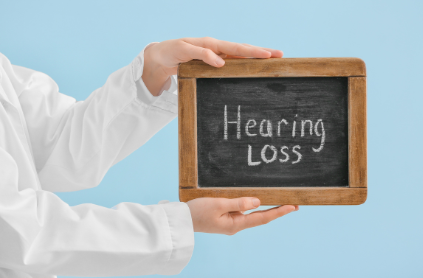
Living in a world designed primarily for those who can hear presents several practical disadvantages for deaf individuals. These challenges can impact daily life, from communication to accessibility.
Here are some significant practical disadvantages faced by deaf people:
- Communication Barriers:
- Interpersonal Communication: Deaf individuals often rely on sign language, which is not universally understood by hearing people. This can make everyday interactions, such as ordering food at a restaurant or asking for directions, more difficult.
- Technology Limitations: While technology has made strides with text messaging and video calls, many services still rely on voice communication. For example, contacting customer service or emergency services can be challenging.
- Education:
- Access to Information: In educational settings, deaf students may struggle to access the same information as their hearing peers, especially if sign language interpreters or captioning services are not provided.
- Classroom Participation: Participating in classroom discussions can be difficult without appropriate accommodations, such as real-time transcription or sign language interpretation.
- Employment:
- Job Opportunities: Some employers may have misconceptions about the abilities of deaf individuals, leading to fewer job opportunities or discrimination in hiring practices.
- Workplace Communication: Effective communication in the workplace may require accommodations, such as sign language interpreters, which are not always readily available.

- Social Isolation:
- Social Interactions: Deaf individuals may find it challenging to participate in social activities where communication relies heavily on spoken language, potentially leading to feelings of isolation.
- Cultural Events: Attending events like movies, theatre performances, or public lectures can be less enjoyable or inaccessible if captioning or sign language interpretation is not provided.
- Healthcare:
- Medical Communication: Communicating with healthcare providers can be a significant challenge, especially in emergencies where quick and clear communication is crucial.
- Access to Services: Some medical facilities, such as sign language interpreters, may not have the necessary resources, making it harder for deaf individuals to receive adequate care.
- Public Announcements and Safety:
- Emergency Alerts: Public announcements, such as those made in airports, train stations, or during emergencies, are often delivered verbally, which can leave deaf individuals uninformed and at risk.
- Safety Instructions: Instructions and warnings that rely on sound, like fire alarms or public address systems, may not be accessible to deaf people.

Despite these challenges, it’s important to recognize the resilience and adaptability of the deaf community. Increased awareness and efforts to create more inclusive environments can help mitigate these disadvantages. Technologies like video relay services, improved captioning, and greater use of sign language can significantly enhance accessibility and quality of life for deaf individuals. The deaf community’s resilience and adaptability are the pillars for constantly improving the quality of life and reducing the struggle of isolation felt in a world made for hearing individuals.
- Tags: communication barrier, Deaf and Hard of Hearing, deaf and hard of hearing challenges, deaf and hard of hearing isolation, deaf community, disavantage for deaf people, Your Hearing Dog
